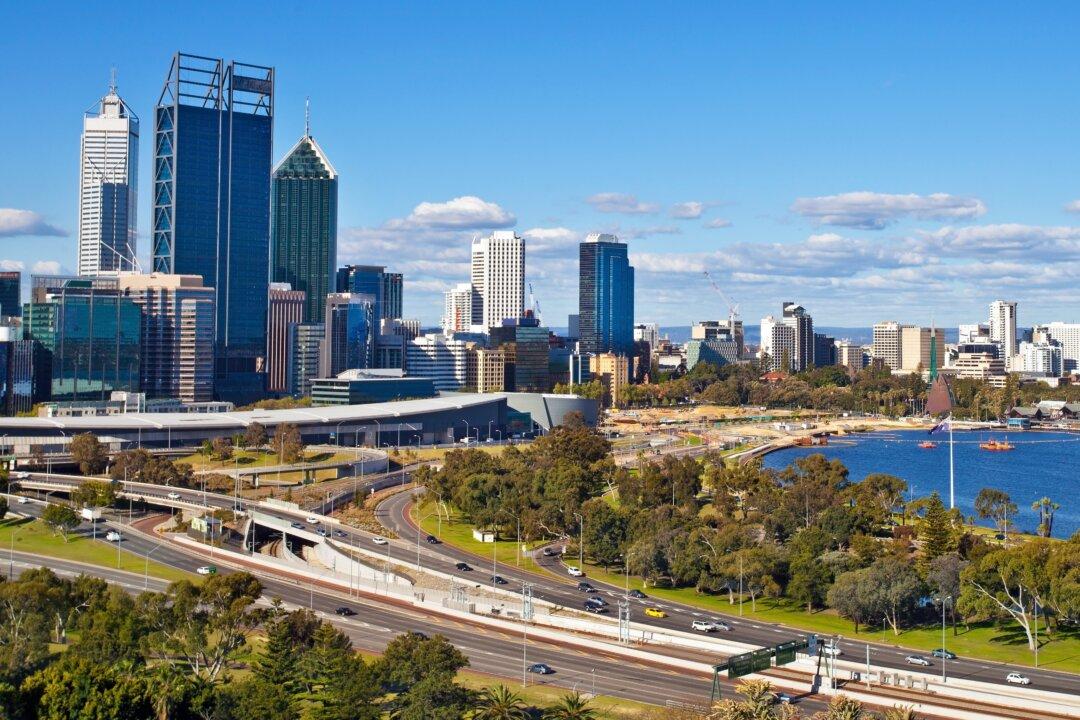Aerospace giant Airbus and Fortescue Future Industries (FFI) have allied with the goal of creating a hydrogen-based aircraft by 2035.
FFI, the green energy brainchild of mining billionaire Andew Forrest, has followed its founder’s ambitions in advancing carbon-free hydrogen as a fuel of the future.





